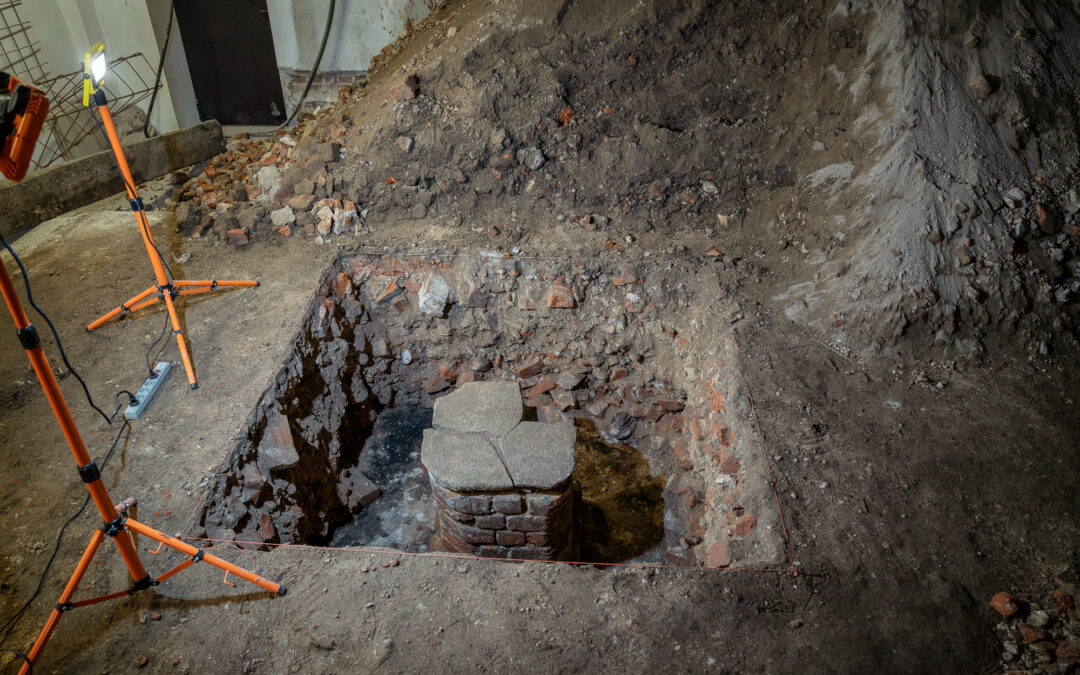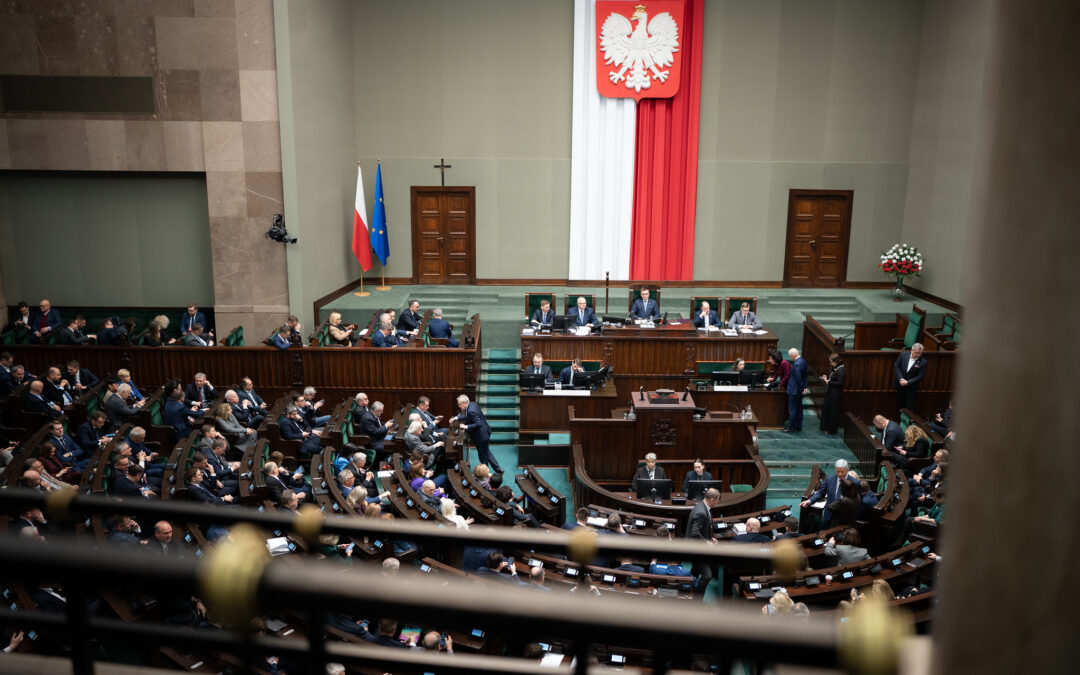The remains of what is believed to be a 14th-century synagogue, which would have been one of the largest in Central Europe, have been discovered during renovation work on a building in the city of Wrocław.
As archeological work was being carried out ahead of renovations on 49 Szewska Street, which houses the Historical Institute of the University of Wrocław, large stretches of brick walls dating from the 14th century were uncovered from beneath the plaster.
Wrocław University has recently provided an update on its archaeological work at the site, which was discovered in 2021. After the walls were revealed, archaeologists began working on the site and determined that the unearthed structures resembled the typical layout of medieval European synagogues.
“The fact that instead of the expected burgher tenement houses we have a synagogue, and above all its size, was quite a surprise,” said Małgorzata Chorowska, a professor at the faculty of architecture at Wrocław University of Science and Technology, who is one of the main researchers at the site.
Prior to the Historical Institute, 49 Szewska Street had housed a palace of the Legnica-Brzeg branch of the Piast dynasty for 300 years from the 15th to 17th century.
On the basis of earlier historical and architectural research conducted under Chorowska, there is a “high probability that the remains of a 14th-century synagogue integrated into the walls of the later city palace have just been discovered,” the University of Wrocław published in a statement on Thursday.
A trove of valuables believed to have been buried during WWII, most likely by Jews, has been discovered during construction work in the city of Łódź https://t.co/n9eoAlcPgZ
— Notes from Poland 🇵🇱 (@notesfrompoland) June 6, 2023
The statement also noted that despite many years of archaeological research of buildings demolished to their foundations, “until the ongoing renovation of the building at 49 Szewska Street, it was not possible to determine the location or find any material remains of the oldest synagogues in Wrocław.”
“The building at 49 Szewska Street is a valuable and very interesting monument, and if the presumption of a synagogue is correct, then we are potentially dealing with the best-preserved relics of one of the oldest, if not the oldest, brick building of its kind in Poland,” Mateusz Goliński of the Historical Institute’s department of Polish and general history was quoted as saying.
“In the context of our knowledge of medieval synagogues in Central and Eastern Europe, we have therefore come to believe that we are dealing with the remains of the synagogue of the first Jewish community in Wrocław,” reads the publication The Lost Medieval Synagogue in Wrocław Against the Background of Synagogues in Central Europe. Its Architecture and History, written by Chorowska, Goliński and Mariusz Caban.
Archaeologists have uncovered the remains of a tenement house from the Warsaw Ghetto, as well as a number of artefacts.
The building – from a street that no longer exists – was among many destroyed by the Germans after the defeat of the Ghetto Uprising https://t.co/ab563PJ4YJ
— Notes from Poland 🇵🇱 (@notesfrompoland) April 7, 2023
Research of the site, which began in 2021, is still ongoing to determine whether the Wrocław synagogue complex is one of the largest in Europe from the first half of the 14th century.
While work is now mainly taking place at the laboratory of the University’s Institute of Archaeology, further fieldwork has been scheduled for the future.
The Jewish history of Wrocław dates back to the 12th century when the city was an important trade centre along the Amber Road. At one point, the city had one of the largest Jewish communities in East Central Europe. In 1938, when the city was part of Nazi Germany and known as Breslau, its largest synagogue was burned down during the Kristallnacht pogrom.

Notes from Poland is run by a small editorial team and published by an independent, non-profit foundation that is funded through donations from our readers. We cannot do what we do without your support.
Main image credit: Paweł Piotrowski/Uniwersytet Wrocławski

Anna Hackett is an assistant editor at Notes from Poland. She is a recent graduate of European Studies from Trinity College Dublin and has had previous journalistic experience with the Irish Independent News & Media group.



















